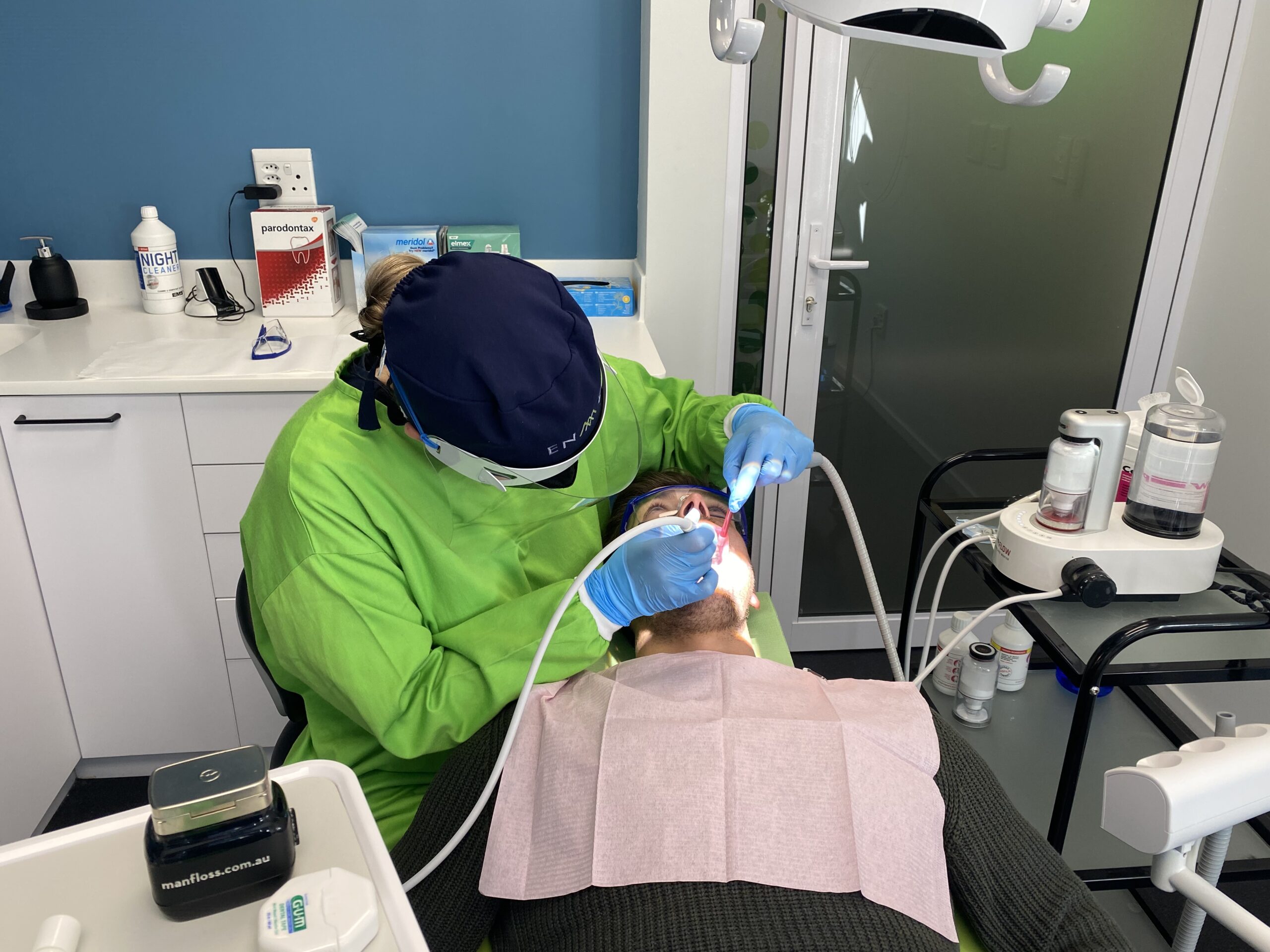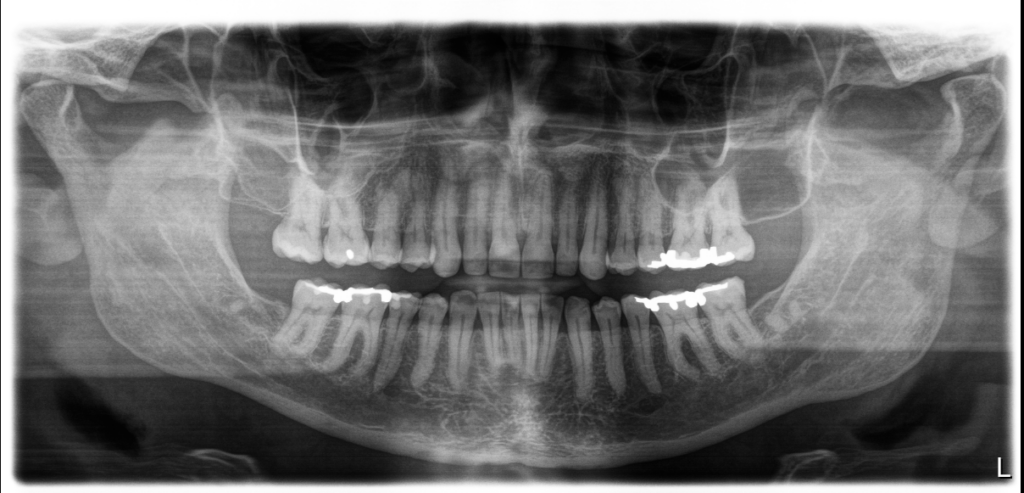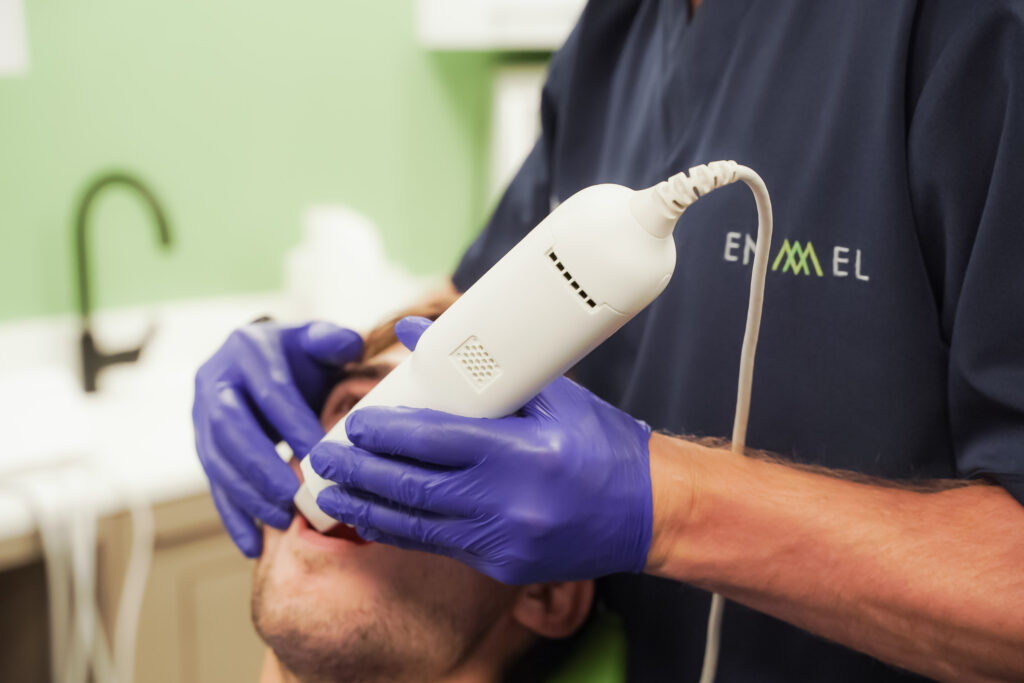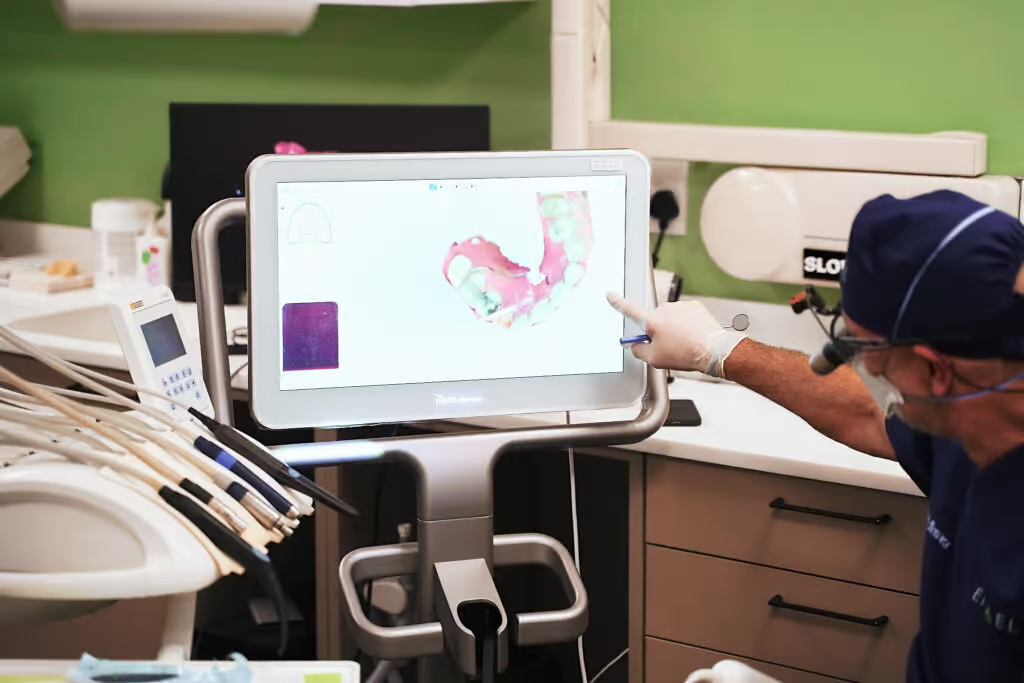We get it, regular checkups with medical professionals cost time and money. But what is the cost of seeing your dentist compared to remedying more significant issues stemming from years of dental neglect?
As dentists, we’ve seen it many times; patients wait until they’re experiencing infection, swelling, and almost unbearable pain before visiting us. This is why we promote the age-old axiom: “Prevention is better than cure”.
And it’s a lot less expensive, too.
We recommend that you see your oral hygienist twice a year (every six months) and your dentist at least once a year, depending on the health of your mouth. This allows you a thorough, professional cleaning and early detection and treatment of any problems. Patients with some form of gum disease, multiple implants or a systemic disease that may make them more susceptible to oral health breakdown should see their dentist or periodontist more frequently and their oral hygienist every three months.
What does it cost?


At the date of this blog, a standard oral hygiene appointment at Enamel Clinic costs R1374. This includes a thorough scale, polish, and spa-like experience with one of our five highly skilled and experienced hygienists. Each visit is a minimum of an hour to ensure a comprehensive cleaning is carried out.
A dental checkup costs between R1500 and R1900, excluding x-rays and scans. Read more about what to expect from your dental checkup below.

No matter how thorough your daily oral hygiene routine is, there will still be some areas that are hard to clean with just a toothbrush and floss. Bacteria builds up in areas you can’t reach, and oral hygienists have special dental equipment to thoroughly clean your teeth, removing the bacteria that cause a build-up of plaque and tartar. Plaque and tartar lead to gum disease, tooth decay, and bad breath, which in turn cause tooth loss.
Regular hygiene appointments allow you the opportunity to chat with your hygienist about your daily hygiene routine and your lifestyle. In addition, you can discuss what you can do differently to ensure better dental care tailored to your needs.
Your Dental Checkup – What to expect
The dentist will examine your entire mouth through loupes or a microscope. It’s beneficial to use magnifying tools, as the naked eye often misses the critical detail. Magnifying tools allow them to see all they need.


We ask a list of questions to give us better insight into medical history, lifestyle and diet, to help assess the situation, and determine the cause of any issues or potential problems we notice.
The dentist will take notes, take any necessary x-rays or scans, and take digital photographs to create a detailed patient profile.
This profile is beneficial in detecting any irregularities over time and provides the dentist with a reference should you experience any trauma to the mouth that needs treatment or would like to restore your teeth to their youthful appearance.
X-Rays and Scans



Your dentist will use 2D x-rays or 3D scans to check for anything that can’t be seen through magnifying tools.
2D x-rays can detect problems like cavities, decay between fillings, bone loss in the jaw, areas of infection and abnormal growth around the roots. But they are not 100% reliable.
3D scanning is a newer technology far more accurate than 2D x-rays and can diagnose problems more efficiently. They are typically used to detect or prepare for:
- Locating the origin of pain or disease
- Detecting, measuring, and treating tumours, infections, and any other pathology of the jaw
- Diagnosis and planning before implant placement
- Planning for root canal therapy or bone graft
- Accurate placement of dental implants
- Computing data for bone structure and health
- Orthodontic procedures
- Surgical planning and treatment
- Diagnosis of temporomandibular joint (TMJ) disorder
- Evaluation of sinus, jaw, or nasal cavity concerns
- Airway constrictions leading to sleep apnea and snoring
What do we check for?
At the checkup, dentists check for the following:
- Cavities – the advanced technology of our intraoral scanners, which scan inside the mouth, have caries detection. This allows our dentists to detect a cavity forming well before it appears.
- Jaw clenching. Did you know that if you’re a migraine sufferer, it could be due to you unknowingly clenching your jaw, which can also be picked up at your dental checkup?
- Food traps form as a result of teeth moving and gaps forming. This traps food in awkward spaces a brush or floss can’t easily reach, eventually causing a cavity.
- Sleep and airway management issues, including mouth instead of nose breathing and swollen adenoids.
- Gingivitis, or gum disease, can lead to periodontitis if left untreated.
- Tooth wear due to grinding or erosion. It’s important to note that the effects of grinding can only be seen over time and very gradually. The dentist will compare scans between visits to see if there’s been any reduction in tooth length. They will also compare scans of the inside of the mouth to check for the appearance of enamel erosion between visits.
- Erosion can come from a range of causes. For example, the sugar from food and drinks reacts with bacteria in your mouth to form acid, which attacks your teeth. Even “sugar-free” carbonated drinks contain acids. Certain types of medication and medical conditions can also contribute to erosion. If provided with all the necessary information, dentists can help determine which eating or lifestyle habits are responsible for your teeth eroding. But, again, it’s always best to detect it early to mitigate or treat the effects. Regular discussions with your dentist can help them determine whether any lifestyle or eating habits can be changed to prevent an issue from occurring at all.
- Signs of oral cancer and other disease processes that may occur in the mouth, including disease processes like oral lichen planus, a chronic disease affecting the inside of your mouth. It presents as white striations on your inner cheeks, gums, and sometimes tongue. It is an immune-based disease that may lead to pain and swelling of the mouth, making eating and swallowing painful.
- Leukoplakia is an oral condition that presents as a white lesion that could result from heavy smoking or heavy alcohol use but is also possible without any of the typical carcinogens. Some research shows a tiny percentage of Lichen Planus patients can develop oral cancer. Leukoplakia is considered a premalignant lesion and requires immediate treatment to prevent it from becoming oral cancer.
In the same way that we have our annual or biannual medical screening, we should be doing a “dental screening” too.
Book your appointment
Dentists encourage regular checkups and visits to your oral hygienist, to enable them to track your oral health and detect any problems (or even potential problems) early.
Invest in your oral health. Book your appointment today!

